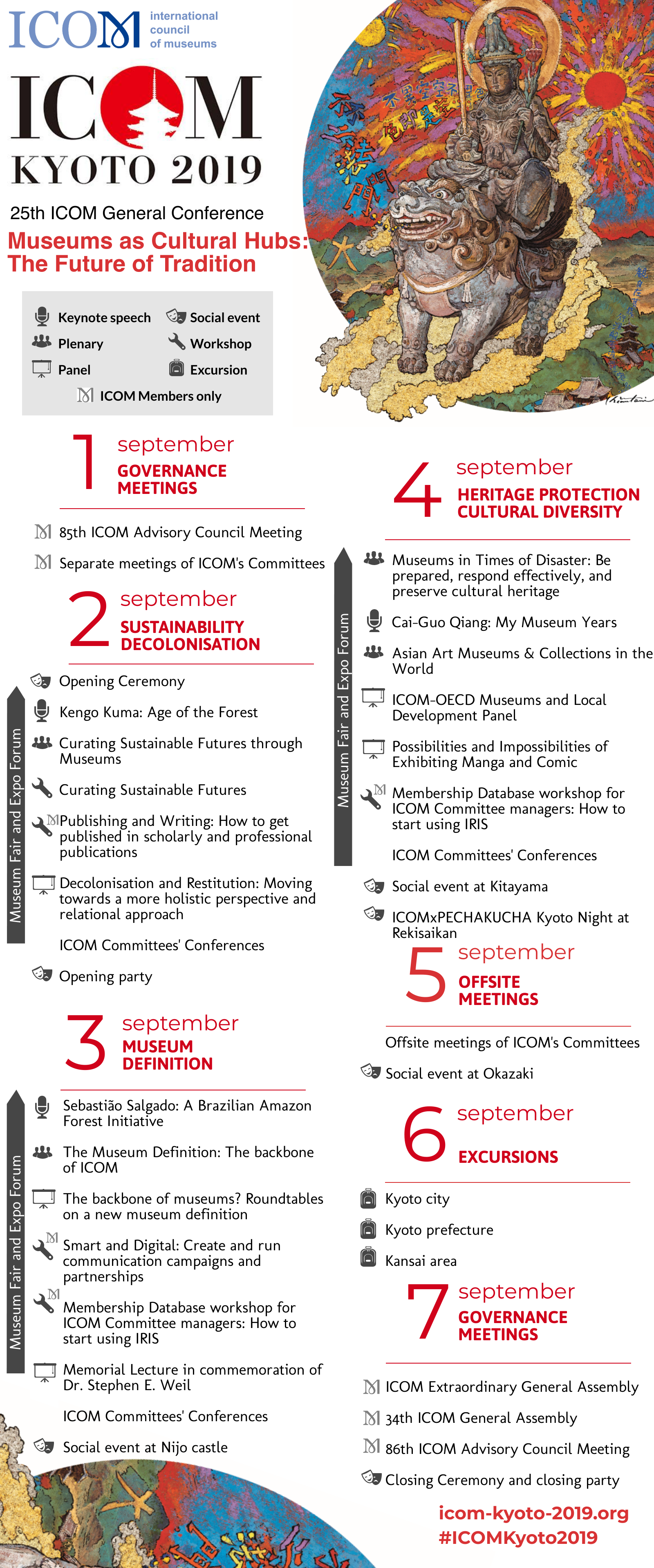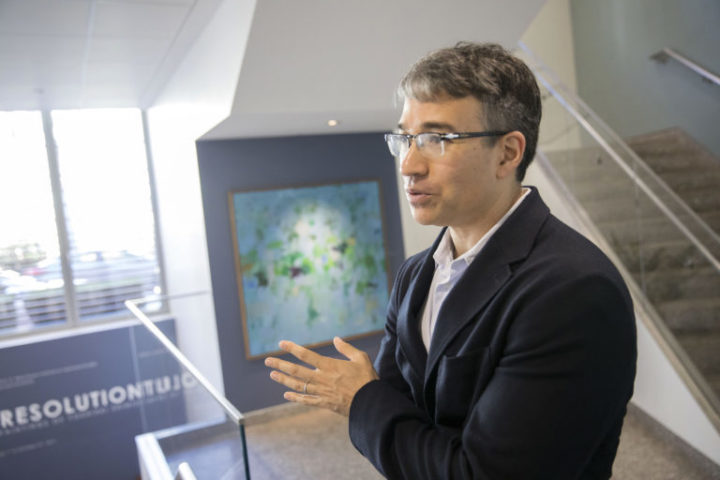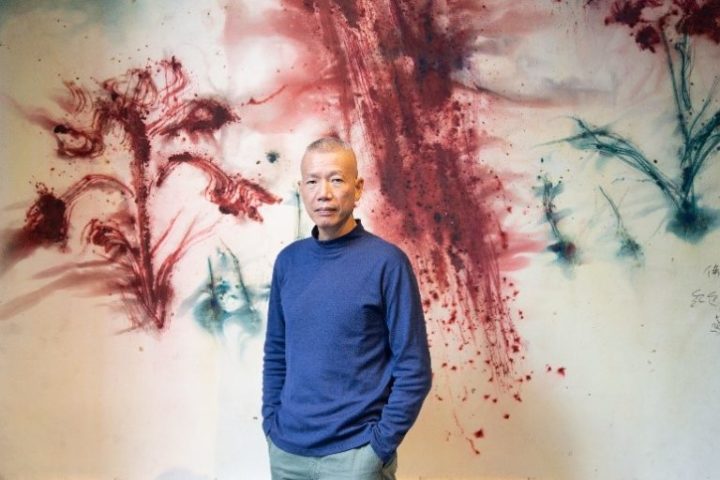During ICOM Kyoto 2019, a plenary session will be dedicated to the topic Asian Art Museums and Collections in the World.
We did a Q&A with the moderator of the session Dr. Yukio Lippit, Professor of Art History and Architecture at Harvard University.
What is the aim of the plenary?
The aim of this Asian Art plenary session is to consider myriad issues pertaining to Asian art collections in museums around the world. It takes advantage of the fact that the ICOM Kyoto 2019 will be only the third ICOM session to be hosted in East Asia, and the first in Japan. In both Japan and Asia, museums as cultural institutions are flourishing and continue to play meaningful roles in the mediation of tradition, cultural history, contemporary society, and the future state of knowledge. From my perspective, the role of curators and museum professionals in East Asia is unique, combining many different areas of responsibility and specialization that are normally subdivided in museums elsewhere. So the Asian art plenary session offers an important opportunity to engage this density of specialists regarding the management, conservation, and showcasing of Asian art.
In both Japan and Asia, museums as cultural institutions are flourishing and continue to play meaningful roles in the mediation of tradition, cultural history, contemporary society, and the future state of knowledge.
Why is understanding Asian art important for the future of tradition?
Because of the fragility of many of its genres, Asian art offers an important test case for the ability of museums to ensure the transmission of art objects and cultural traditions into the future. With numerous works on paper and silk, many of which were used only for occasion-specific display, many traditions of Asian art prove an awkward fit for the mandates of an art museum in the present. Developing sensible and sustainable strategies for its care and use is a challenge, but also offers the opportunity to develop new ways of generating knowledge and ensuring cultural transmission.
Because of the fragility of many of its genres, Asian art offers an important test case for the ability of museums to ensure the transmission of art objects and cultural traditions into the future
A message for ICOM Kyoto 2019 participants:
In this session, we will hear from a number of experts, but it is crucial that the discussion be informed by museum and art world professionals of many different backgrounds. ICOM Kyoto 2019 offers a unique opportunity to interact with a large number of experts from museums across Asia, but it also offers these experts an opportunity to interact with colleagues representing other traditions and other regions. This interaction, networking, and exchange of perspectives is fundamental as we continue to aspire to a future in which all of us develop the ability to serve as stewards of all of the world’s cultural traditions.
ICOM Kyoto 2019
Between the 1st and the 7th of September 2019, Kyoto (Japan) will host the biggest and most important conference of museums in the world. More than 3.000 museum professionals and experts from all international backgrounds will participate in this triannual event, the 25th General Conference of ICOM. After 24 successful editions, ICOM’s flagship conference has become a worldwide reputed hub for exchange about the topical issues museums tackle today, as well as the most innovative solutions.
THE PROGRAMME



